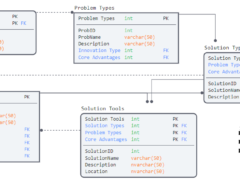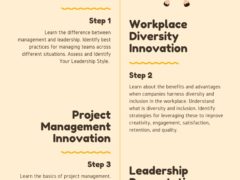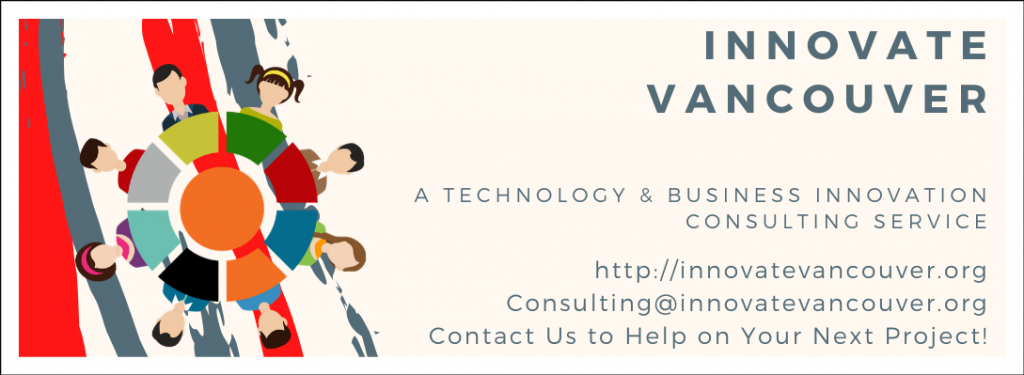
Triangulation is a function of project structure. The quality and frequency of triangulation depend on project organization. It also relies on how roles are structured, resources are allocated, and conflicts are managed.
Mustafa (2012) recommends identifying a project structure based on the corporate and team culture, project needs, and output requirements. All project structures have strengths and weaknesses. The project management team and executive sponsors must identify these strengths and weaknesses. They need to reinforce the project structure that will help maintain coherence.

Notice the list attempts to differentiate stakeholder engagement from project owner satisfaction. This distinction is made to distinguish the customer from the project team members and its environment. When these roles are confused priority conflicts and requirement adherence are often affected.

In the image below, Mustafa (2012) illustrates how triangulation is often introduced as additional oversight is added. The alignment of the PMO, the executive sponsors, and the project owner has a significant influence. This alignment affects how the environment and other project stakeholders behave.
The hierarchy, as a social construct, will often influence how conflicting priorities are expressed. This vulnerability increases as the core project structure is weakened.

Politics in a project are inevitable but their quality and impact is not. Some projects structures (Mustafa, 2012) reinforce politics and priority conflicts more than others.
Learning how to navigate and leverage workplace politics is essential for the project manager. However, this does not mean that politics should be engaged or reinforced in a vacuum. The customer and project’s needs should always be a consideration. The five project management process groups can offer a lot to prevent triangulation, but only when developed and implemented consistently.
LEAN models also provide a framework and process based approach that can help improve alignment. One of the methods available is to develop a process map. Using the example above, we can see that complex projects have a delayed start. It can take up to 15 days for an issue to be addressed. It takes time to communicate, evaluate, and then execute or address the issue.

The project schedule isn’t the only thing affected by the process depicted. The process can also impact:
- Quality
- Cost
- Satisfaction
- Engagement
- Agility
- Scalability
- Relationships
- Requirements adherence
- Velocity
- Safety
- Profit
- Values
- Learning
- Branding
- Politics
- Risk management
During this time the project continues to evolve. New issues surface, new barriers are faced and new problems are explored. The solution that is finally executed to the past question is no longer well suited for the new environment.
A virtuous spiral is created. The company is trying to keep up with issues as they arise. However, it continues to lag behind demand. This scenario faces heightened challenges. Silos, hierarchies, and workloads interfere with transparency and collaboration. They also hinder the production of real-time solutions.

The business model represents another significant area. It helps bolster your corporate culture against mechanisms that can disrupt alignment, focus, and requirements adherence.
The business model concept (Osterwalder, 2010) identifies the 9 key drivers needed for building a business. These drivers are essential for running an effective, efficient, and profitable business. The interdependency of these areas cannot be understated and will decide whether the inputs are aligned with the intended outputs.
The business model can take a lifetime to study. It is often adapted to fit different business environments, products, and customers. Innovation becomes central as the modern-day business is often required to adapt and change its value proposition to compete.
Changing customer requirements and preferences does not have to translate to misalignment at the project or corporate culture level. With the proper systems, structures, resources, and expectations in place the individual corporation can help pave the industry’s way forward.
How is your company streamlining information flow, supporting LEAN processes, and decreasing triangulation? Share your comments below.
Travis Barker, MPA GCPM
Innovate Vancouver is a business development & consulting service and technology startup located in Vancouver, BC. Contact Innovate Vancouver to help with your new project. Innovate Vancouver also gives back to the community through business consulting services. Contact us for more details.




